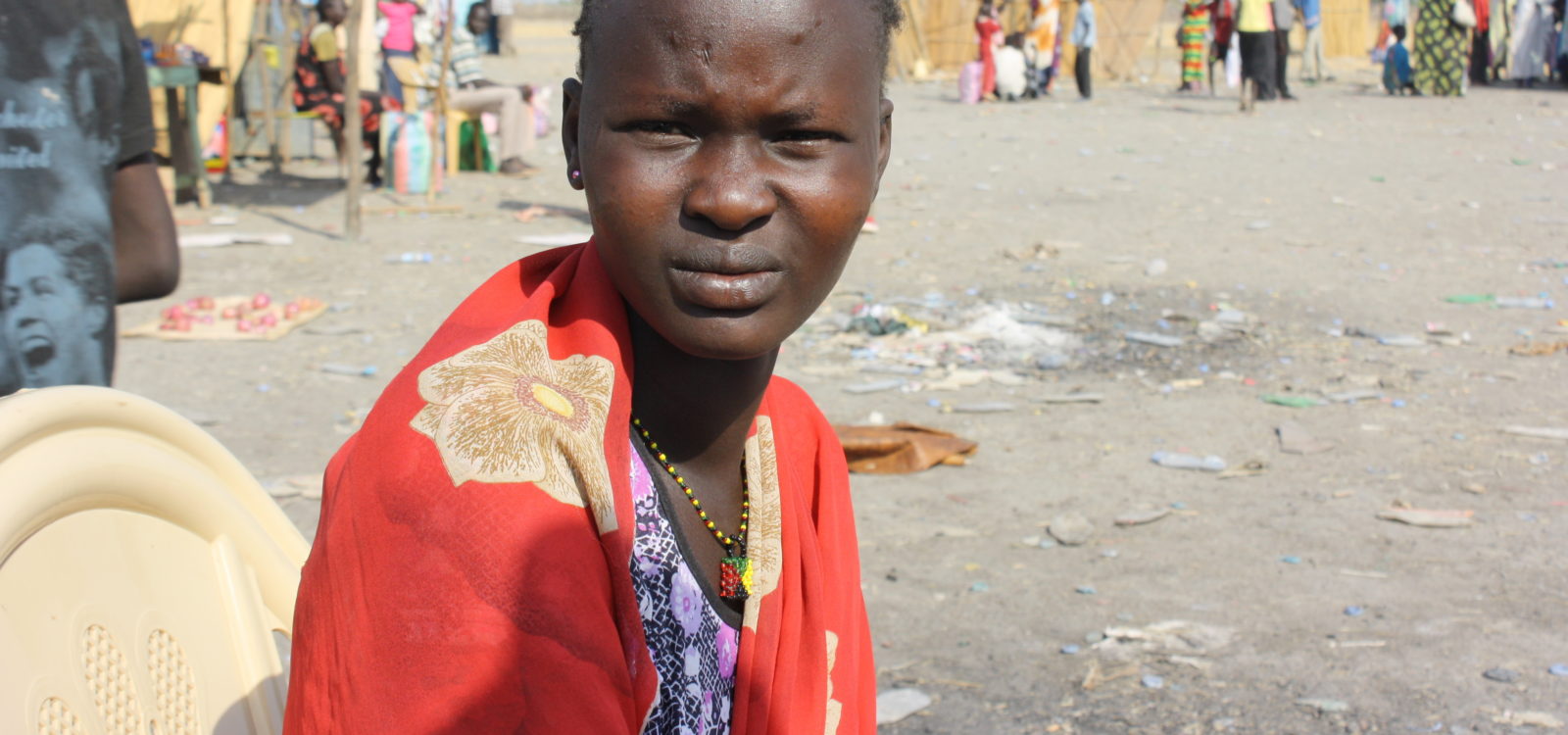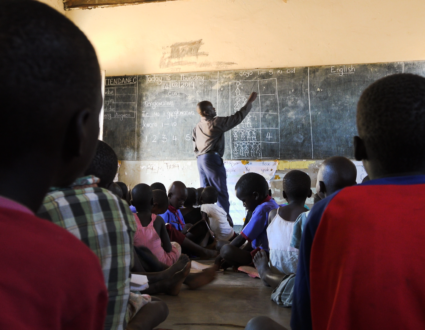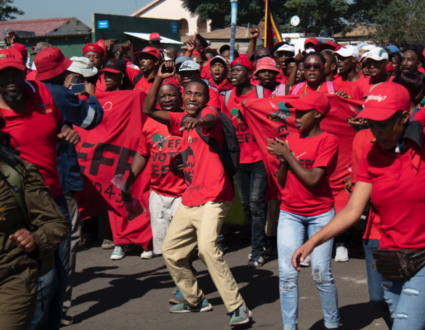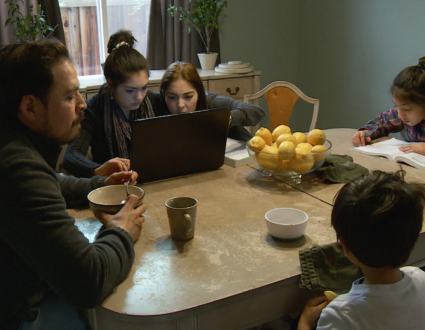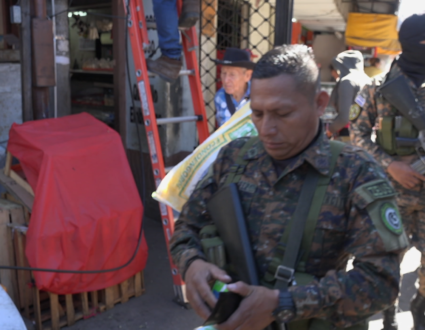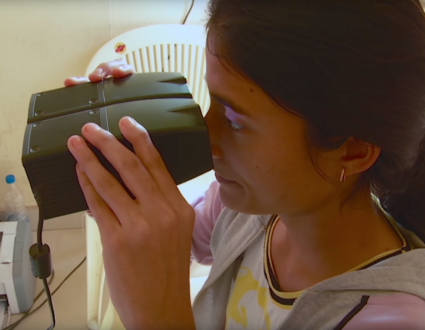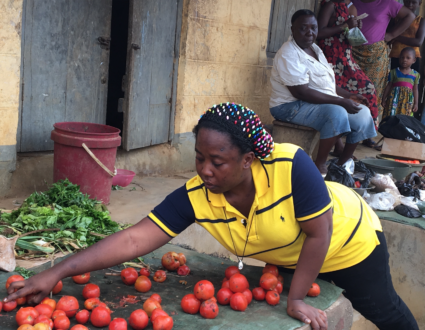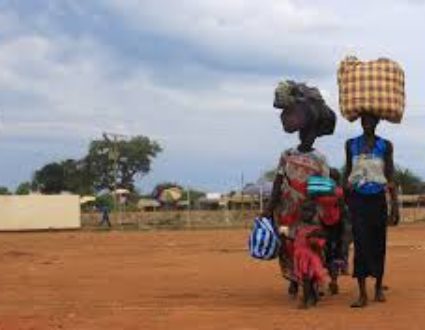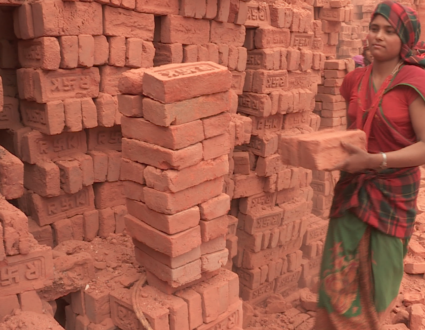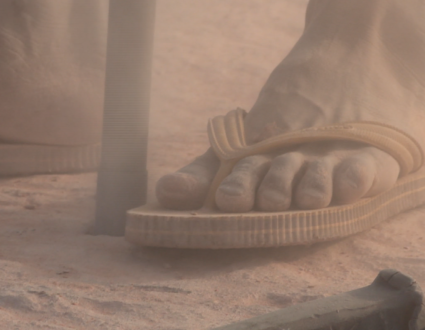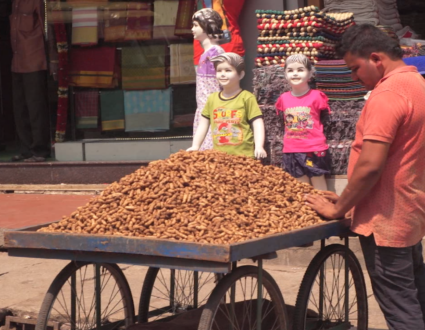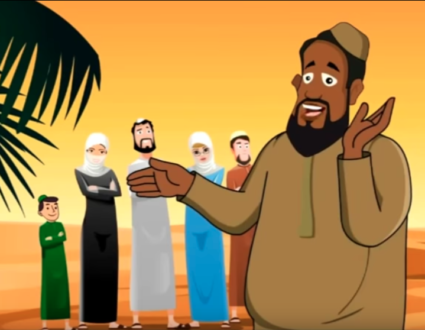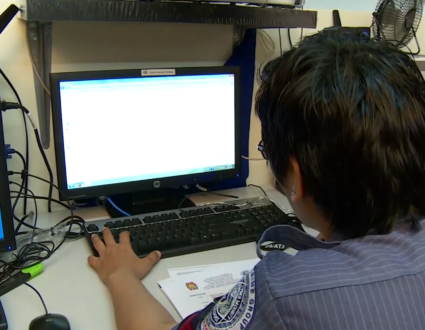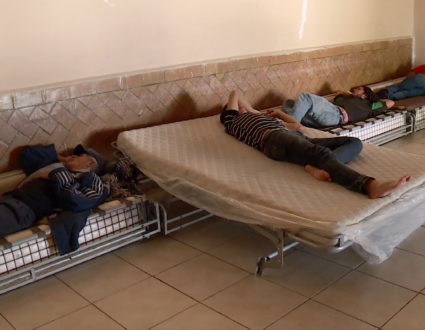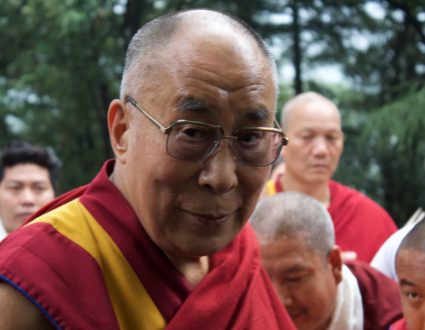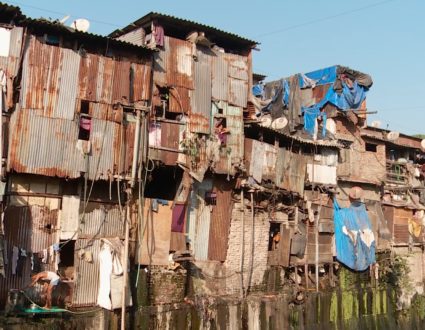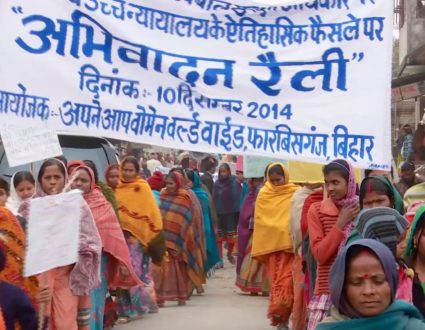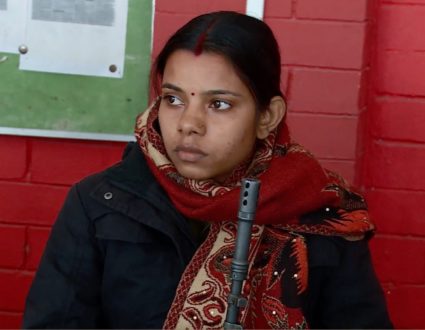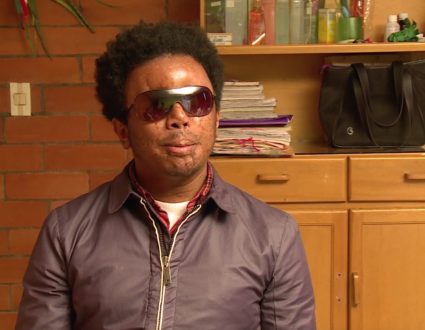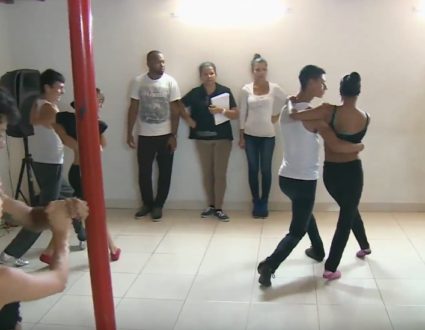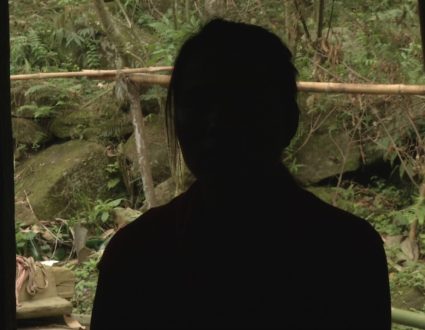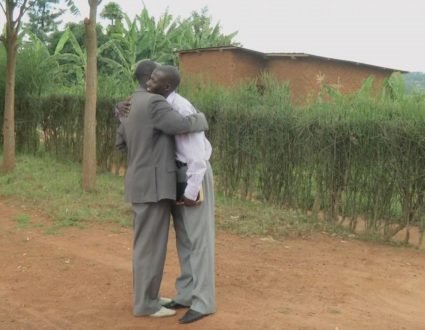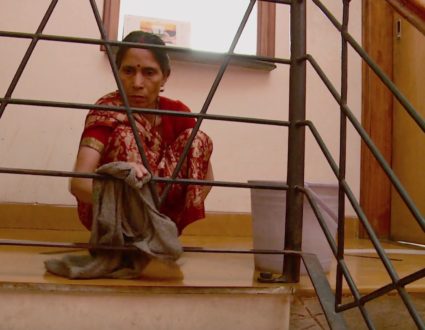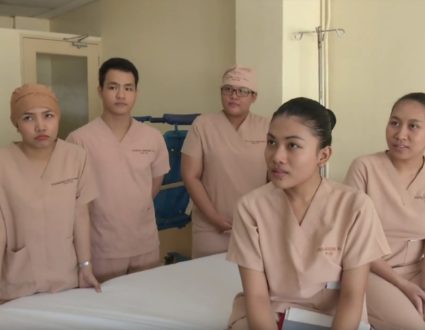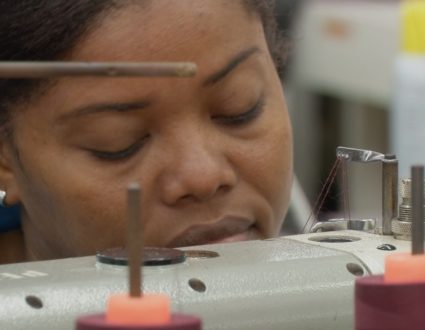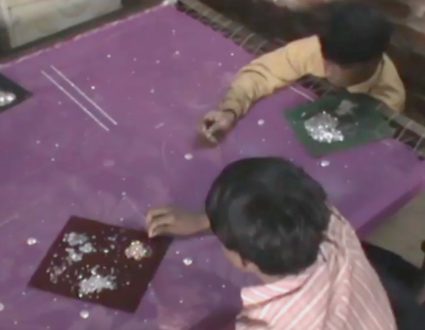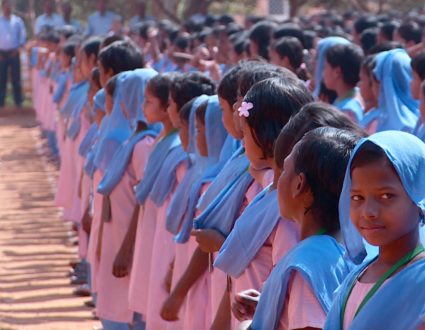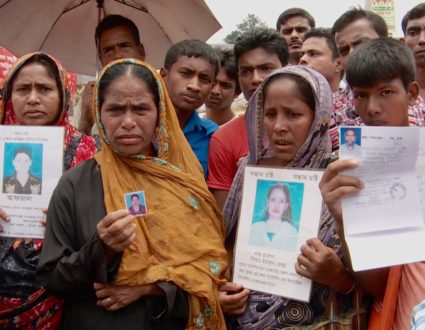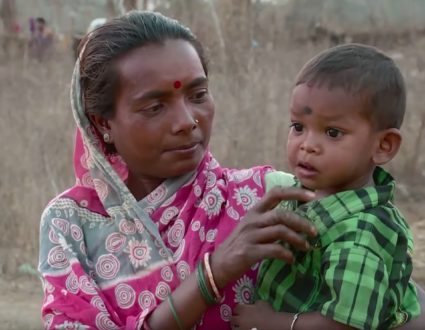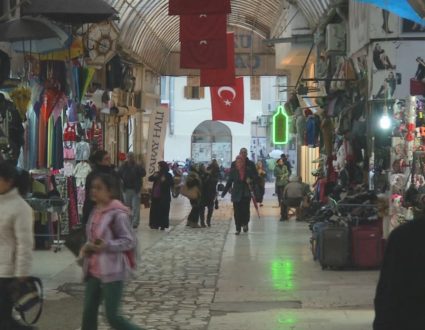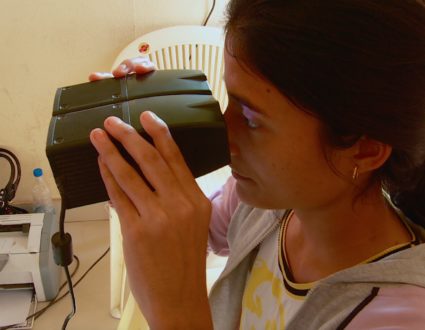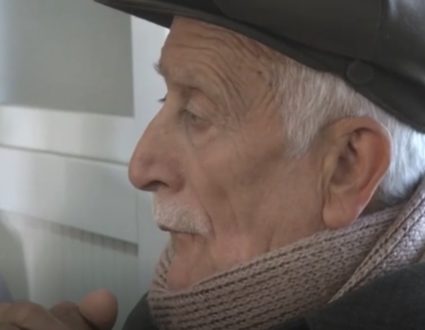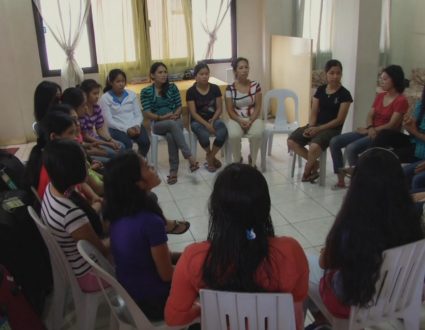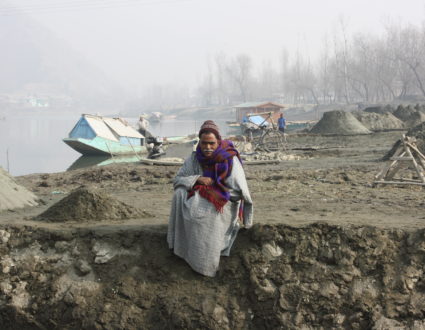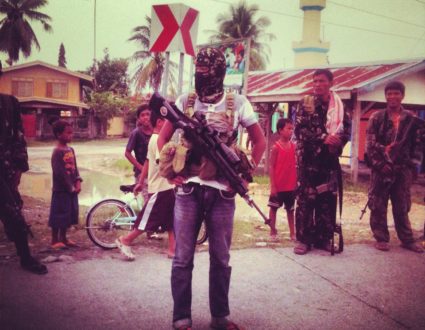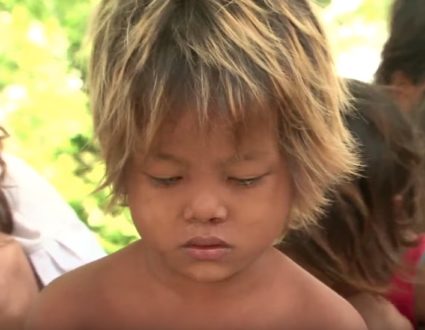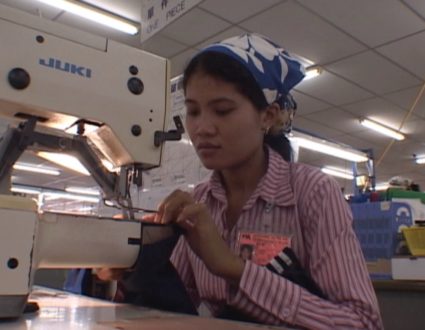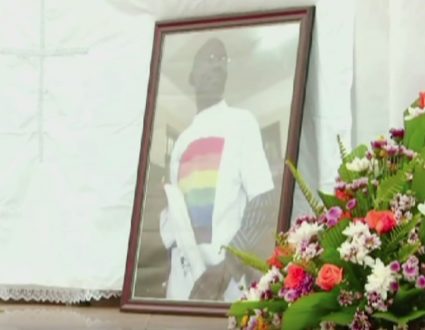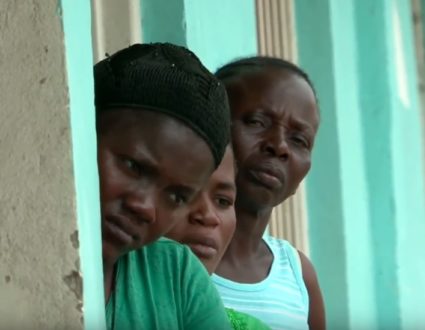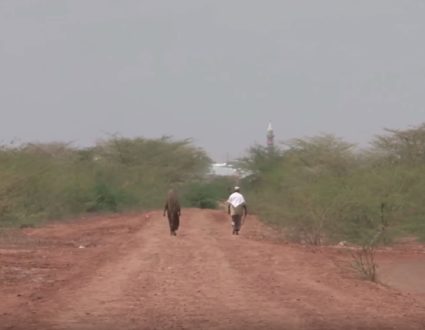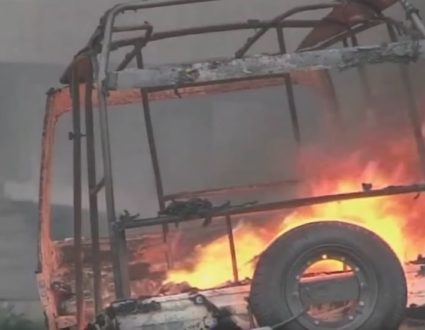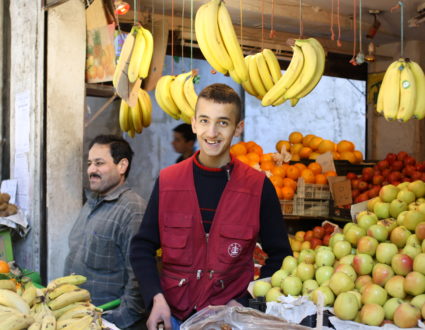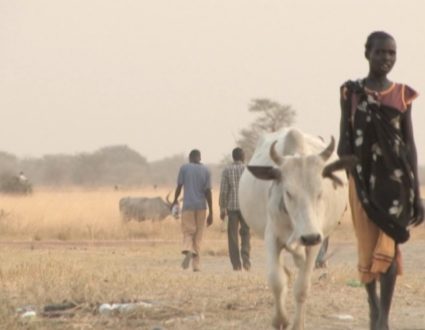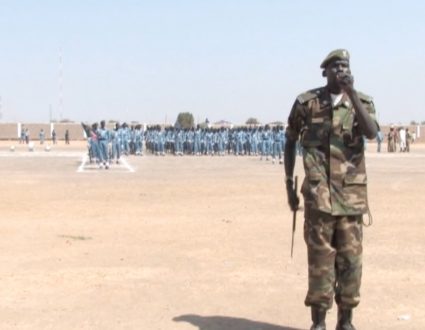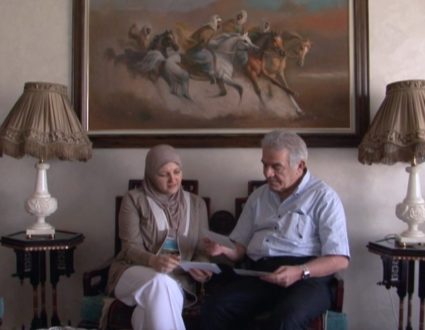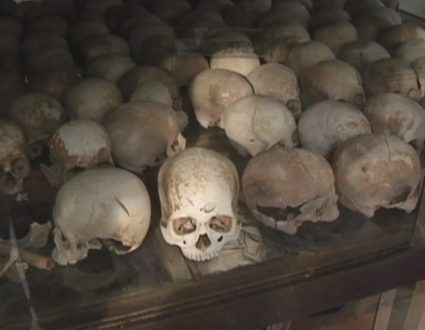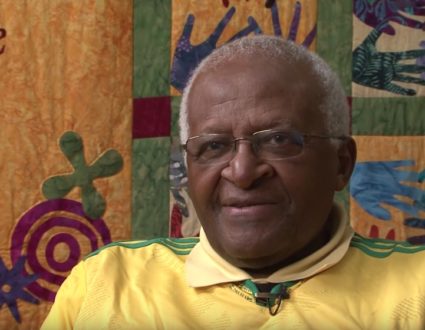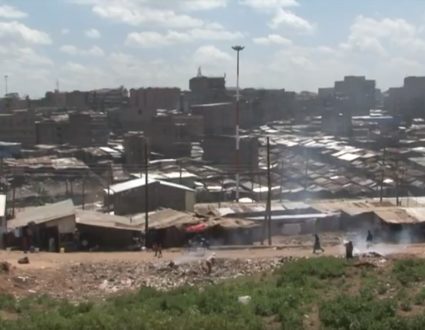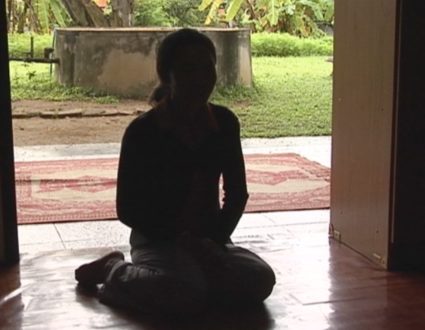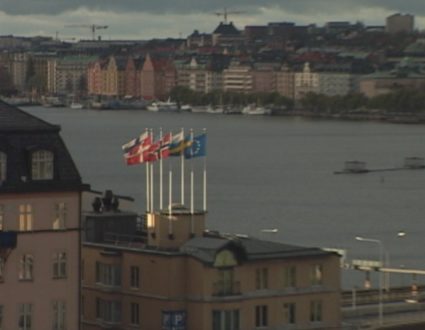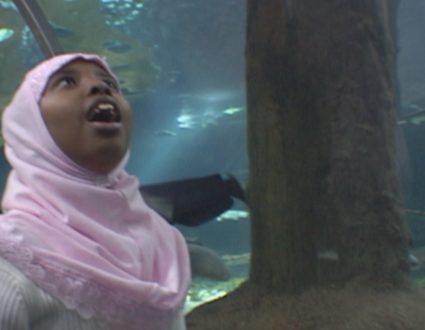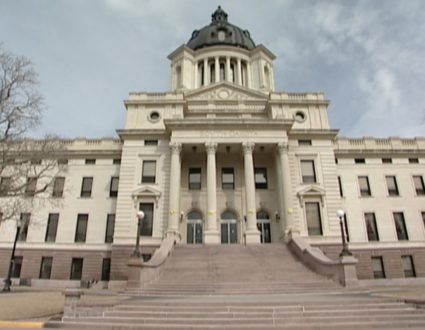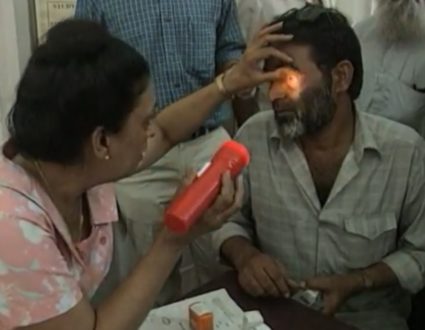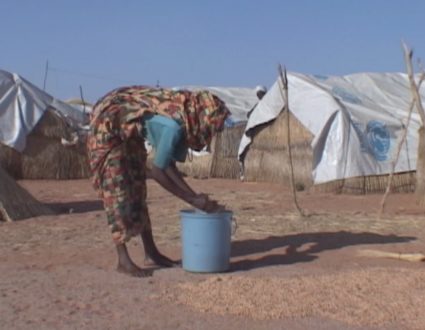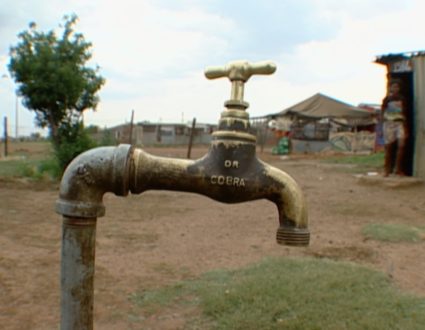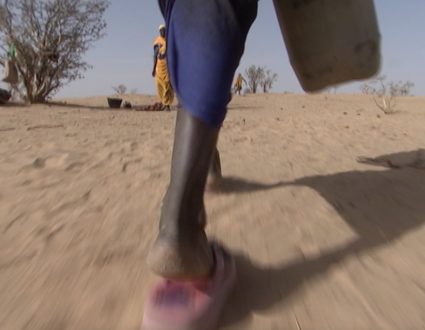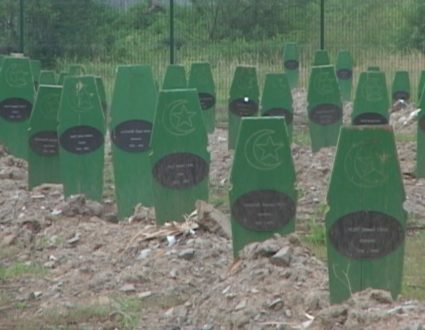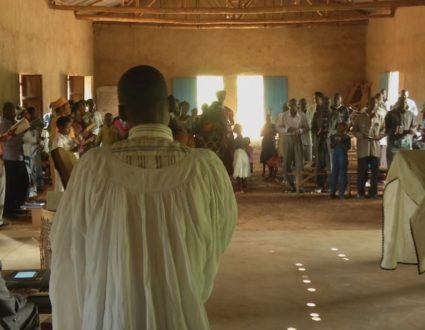What are human rights?
The UN defines human rights as right that are inherent to all human beings, regardless of race, sex, nationality, ethnicity, language, religion, or any other status. Human rights include the right to life and liberty, freedom from slavery and torture, freedom of opinion and expression, the right to work and education, and many more. Everyone is entitled to these rights, without discrimination.
Why does it matter?
Human rights violations are often the focus of reports from the developing world, but our stories focus on many of the less dramatic, less publicized human rights issues. They are often far reaching, but shrouded by poverty. Not only do we dive deeply into the root problems of labor trafficking, child labor, informal workers, the garment industry and refugee experiences, but we highlight individuals and organizations working to improve conditions and change the world.
Human Trafficking
is a $150 billion industry, the third largest criminal activity in the world
1 in 4 children
are engaged in child labour in the world’s poorest countries
COVID-19 and The Garment Industry
“Beyond the public health crisis, there’s a massive economic and humanitarian crisis that is emerging because of this lockdown. People who don’t — who are not monthly wage workers, they don’t have any savings. So, they’re practically facing severe starvation.”
– Asif Saleh, BRAC

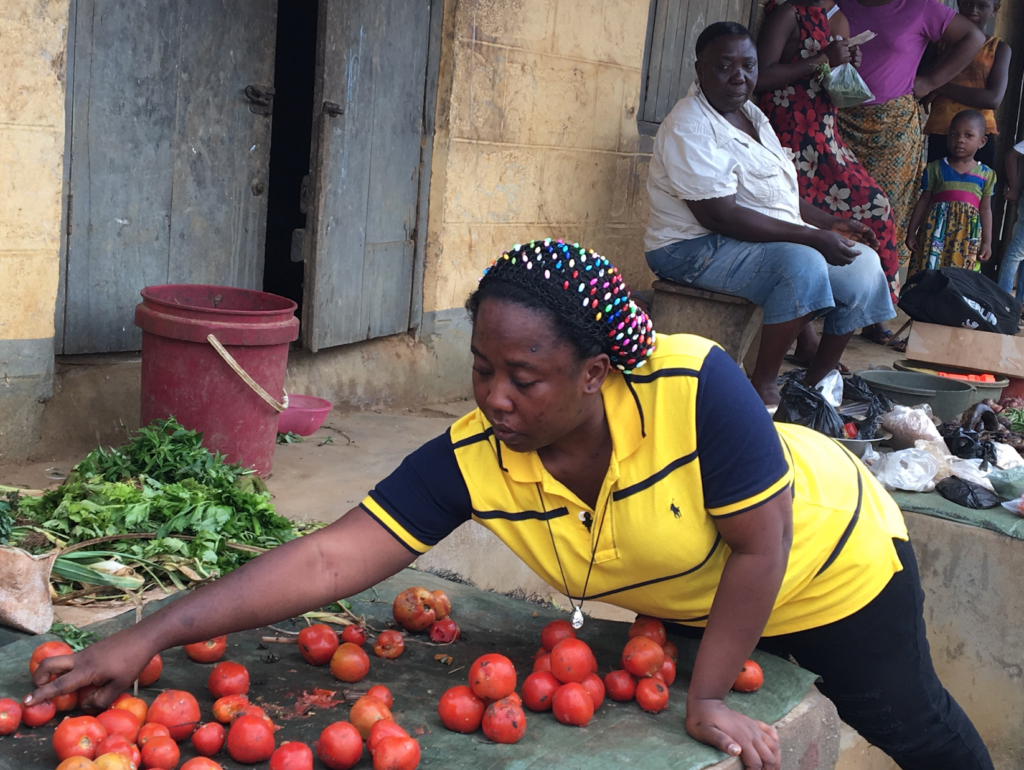
Labor Trafficking
“Why aren’t we calling this slavery? It’s people being forced to work without pay, without an ability to escape.”
– Katie Ford, Freedom for All
Generational Trauma
“We use our stories to tell these children what happened to us. And with that, they get connected and open to us and begin working on the journey of their life.”
– Ricky Anwar, former child soldier
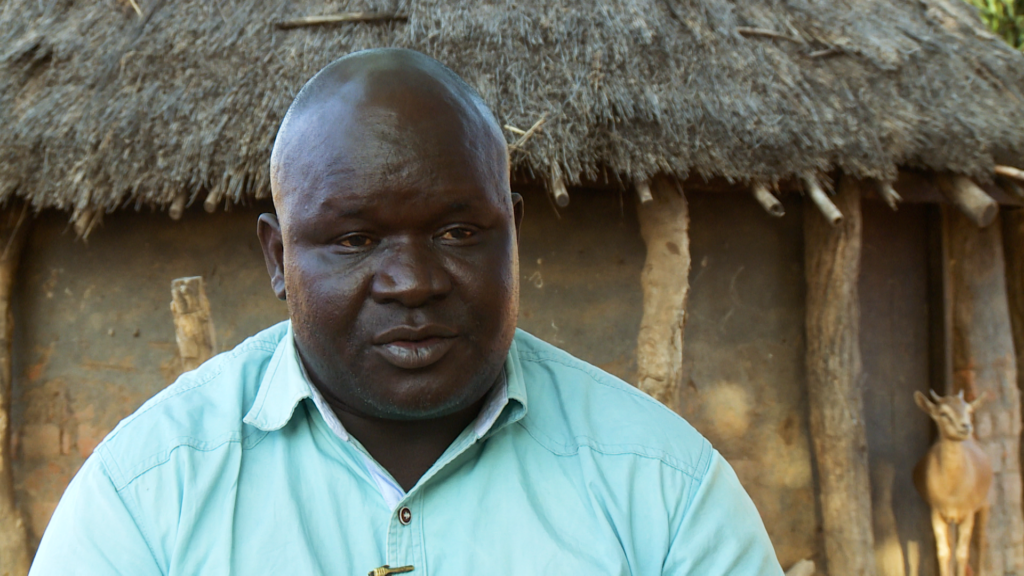
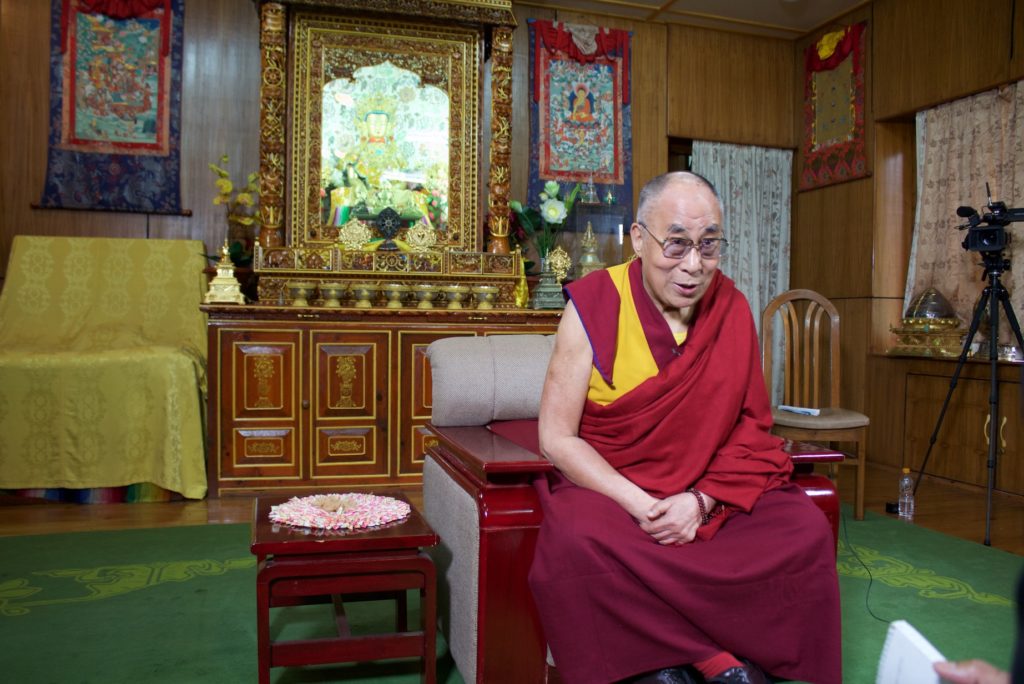
An interview with the Dalai Lama
“These inner values and world peace and a happy world, this is our common responsibility.”
How to teach with our reports
The short answer is in any way you see fit!
We suggest that you pick a report or topic, watch the video in class or assign it to your students. Then follow the discussion questions or write your own. Encourage your students to research beyond the piece. Find other examples of the issues reported on, analyze the characters that bring the story to life, or follow up on new developments since the story aired. Students can write their own reflections on the report, or analyze one of the many angles included in the story.
Be creative!
We would love to hear from you. Reach us at undertold@stthomas.edu to share how you’ve used our materials!
